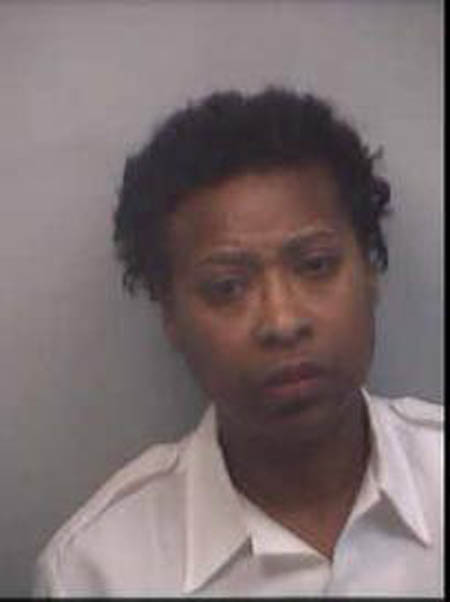In Georgia, who is allowed to bring a lawsuit when someone dies? Wrongful death is a terrible thing for any loved one to go through. Oftentimes, many family members are not only emotionally affected by their loved one’s loss but can be significantly impacted financially as well.
The people allowed to bring a wrongful death action are in strict order under Georgia law. Currently, the wrongful death claim is considered property of the estate of the deceased, thus potentially involving a large group of the loved one’s heirs at law. This can naturally mean a lot of people could have a legal claim depending which relatives are still alive.
Wrongful death lawsuits in Georgia may be maintained primarily by three different persons or groups: (1) surviving spouse or children, O.C.G.A. § 51-4-2 (2) parents, O.C.G.A. § 51-4-4 and (3) the decedent’s personal representative. O.C.G.A. § 51-4-5.
Unfortunately for the grand-kids, the statute vesting the right to recover for wrongful death in the surviving spouse or children does not permit participation in the recovery by a grandchild unless his parent was an original claimant and dies during the pendency of the litigation.Tolbert v. Maner, 271 Ga. 207, 208-209, 518 S.E.2d 423 (1999).
However, one of the many unique attributes within Georgia’s wrongful death law is that it provides exclusive standing to maintain the action on the surviving husband or wife of the dead spouse without giving all the rights to the claim in him or her (without allowing her claim to all the recovery). “The spouse is required to share the proceeds with the children. This means the spouse acts not solely as an independent party but rather as an individual and as a representative of the children.” Mack v. Moore, 256 Ga. 138, 138, 345 S.E.2d 338 (1986) (overruled on other grounds by, Brown v. Liberty Oil & Refining Corp., 261 Ga. 214, 403 S.E.2d 806 (1991)).
The surviving husband or wife of the dead spouse holds any amount recovered in a wrongful death action subject to the law of descents. This means the money from a wrongful death claim must be divided between the surviving spouse and the decedent’s children (or the children’s descendants equally if the child is dead), with the spouse taking a child’s share, but not less than one-third. O.C.G.A. § 51-4-2. Illegitimacy of a child is no bar to his participation in the recovery.
In an action for the wrongful death of a parent or spouse, the lawsuit does not go away because of the death of the plaintiff. It survives to the remaining children of the deceased O.C.G.A. § 51-4-2(b) or to his personal representative.O.C.G.A. § 51-4-5. Fortunately, it is not subject to any debts of the dead person. O.C.G.A. § 51-4-2(e).
Brothers and sisters of the decedent do not have any rights to proceed with a wrongful death action. If the only relatives living are siblings, the right to file a wrongful death claim will fall upon the decedent’s personal representative who would administer the estate.
In any event, all wrongful death claims have statutory deadlines that will expire if a lawsuit is not filed in time. Consequently, if you are interested in considering a wrongful death suit, it is important to seek legal counsel as soon as practicable.
Continue reading →
 Georgia Injury Lawyer Blog
Georgia Injury Lawyer Blog



 Good Georgia Lawyer Continues its Series on SUV Rollover Deaths in Part Four:
Good Georgia Lawyer Continues its Series on SUV Rollover Deaths in Part Four: Good Georgia Personal Injury Lawyers play an important role in helping stop SUV rollovers from happening. This is Part Three of The Series Concerning SUV Rollovers which covers the history of SUV Rollovers and Regulatory Response from the very beginning:
Good Georgia Personal Injury Lawyers play an important role in helping stop SUV rollovers from happening. This is Part Three of The Series Concerning SUV Rollovers which covers the history of SUV Rollovers and Regulatory Response from the very beginning: